Microorganisms exist everywhere: in water, in soil, and on body surfaces such as the skin, intestinal tract, and other areas open to the outside such as our mouth, upper respiratory tract, vagina, and lower urinary tract. many organisms are harmless, others are lethal, some are a normal part of our body. As such, the ones directly involved in providing a biologically safe environment are none other than the nurses.
Learn about infection control in this guide for nurses.
What is Infection?
Infection is the growth of microorganisms in body tissue where they are not usually found.
- Infectious agent. such a microorganism is called an infectious agent, or the source, a germ, a virus or other microbes.
- Asymptomatic. If the microorganism produces no clinical evidence of disease, the infection is called asymptomatic or subclinical.
- Disease. A detectable alteration in normal tissue function is called disease.
- Virulence. Microorganisms vary in their virulence or their ability to produce disease, the severity of the diseases they produce, and their degree of communicability.
- Pathogenicity. Pathogenicity is the ability to produce disease; thus, a pathogen is a microorganism that causes disease.
- Asepsis. Asepsis is the freedom from disease causing microorganism; aseptic technique is used to decrease the possibility of transferring microorganisms from one place to another.
- Medical asepsis. Medical asepsis includes all practices intended to confine a specific microorganism to a specific area, limiting the number, growth, and transmission of microorganisms.
- Surgical asepsis. Surgical asepsis, or sterile technique, refers to those practices that keep an area or an object free of all microorganisms; it includes practices that destroys microorganisms and spores.
- Sepsis. Sepsis is the condition in which acute organ dysfunction occurs secondary to infection.
Types of Microorganisms
Four major categories of microorganisms cause infection in humans: bacteria, viruses, fungi, and parasites.
- Bacteria. bacteria are by far the most common infection-causing microorganisms; several hundred species can cause disease in humans and can live and be transported through air, water, food, soil, body tissues and fluids, and inanimate objects.
- Viruses. Viruses consist primarily of nucleic acid and therefore must enter living cells in order to reproduce; common virus families include rhinoviruses (causes the common cold), hepatitis, herpes, and human immunodeficency virus.
- Fungi. Fungi includes yeast and molds; Candida albicans is a yeast considered to be normal flora in the human vagina.
- Parasites. Parasites live on other living organisms; they include protozoa such as the one that causes malaria, helminths (worms), and arthropods (mites, fleas, ticks).
Types of Infection
Infection occurs when newly introduced or resident microorganisms succeed in invading a part of the body where the host’s defense mechanisms are ineffective and the pathogen causes tissue damage.
- Local infection. A local infection is limited to a specific part of the body where the microorganisms remain.
- Systemic infection. If the microorganisms spread and damage different parts of the body, the infection is a systemic infection.
- Bacteremia. When a culture of a person’s blood reveals microorganisms, the condition is called bacteremia.
- Septicemia. When bacteremia results in systemic infection, it is referred to as septicemia, which has become common over time.
- Acute infection. Acute infections generally appear suddenly or last a short time.
- Chronic infection. A chronic infection may occur slowly, over a very long period, and ,ay last months or years.
Nosocomial and Health-related Infections
Nosocomial infections are classified as infections that originate in the hospital, and is a subgroup of health care associated infections or HAIs.
- Urinary tract. The most common microorganisms in the urinary tract include Escherichia coli (improper catheterization technique), Enterococcus species (contamination of closed drainage system), and Pseudomonas aeruginosa (inadequate hand hygiene).
- Surgical sites. The most common microorganisms in surgical sites include Staphylococcus aureus including MRSA (inadequate hand hygiene), Enterococcus species including vancomycin-resistant strains (improper dressing change technique), and Pseudomonas aeruginosa.
- Bloodstream. The most common bloodstream microorganisms include coagulase-negative staphylococci (inadequate hand hygiene), Staphylococcus aureus and Enterococcus species (improper intravenous fluid, tubing, and site care technique).
- Pneumonia. The most common causative microorganisms for pneumonia include Staphylococcus aureus (inadequate hand hygiene), Pseudomonas aeruginosa and Enterobacter species (improper suctioning technique).
Chain of Infection
The chain of infection is made up of six links:
- Etiologic agent. The extent to which any microorganism is capable of producing an infectious process depends on the number of microorganisms present, the virulence and potency of the microorganisms, the ability of the microorganisms to enter the body, the susceptibility of the host, and the ability of the microorganisms to live in the host’s body.
- Reservoir. Reservoirs are sources of microorganisms; common sources are other humans, the client’s own microorganisms, plants, animals, or the general environment; a carrier is a person or animal reservoir of a specific infectious agent that usually does not manifest any clinical signs of the disease.
- Portal of exit from reservoir. Before an infection can establish itself in a host, the microorganisms must leave the reservoir; common human reservoirs include respiratory tract , GI tract, urinary tract, reproductive tract, blood, and tissues.
- Method of transmission. After a microorganism leaves its source or reservoir, it requires a means of transmission to reach another person or host through a receptive portal of entry; there are three mechanisms: direct transmission, which involves immediate and direct transfer of microorganisms from person to person through touching, biting, kissing, or sexual intercourse; indirect transmission may be either vehicle-borne (any substance that serves as an immediate means to transport and introduce an infectious agent into a susceptible host through a suitable portal of entry) or vector-borne (an animal or flying or crawling insect that serves as an intermediate means of transporting an infectious agent); airborne transmission may involve droplets or dust such as a droplet nuclei (the residue of evaporated droplets emitted by infectious host such as someone with tuberculosis, can remain in the air for long periods
- Portal of entry to susceptible host. Before a person can become infected, microorganisms must enter the body; often, microorganisms enter the body of the host by the same route they used to leave the source.
- Susceptible host. A susceptible host is any person who is at risk for infection; a compromised host is a person at increased risk, an individual who for one or more reasons is more likely than others to acquire an infection.
Defenses Against Infection
Individuals have defenses that protect the body from infection; they are categorized as specific and non specific defenses.
Nonspecific Defenses
Nonspecific defenses protect the person against all microorganisms, regardless of prior exposure; they include anatomic and physiologic barriers and the inflammatory response.
Anatomic and Physiologic Barriers
- Intact skin and the mucous membranes are the body’s first line of defense against microorganisms.
- The nasal passages have a defensive function: moist mucous membranes and cilia trap microorganisms, dust, and foreign materials.
- The lungs have alveolar macrophages (large phagocytes); phagocytes are cells that ingest microorganisms, dead cells, and foreign particles.
- The oral cavity regularly sheds mucosal epithelium to rid the mouth of colonizers.
- The flow of saliva and its partial buffering action help prevent infections; saliva contains microbial inhibitors, such as lactoferrin, lysozyme, and secretory IgA.
- The eye is protected from infection by tears, which continually wash microorganisms away and contain inhibiting lysozyme.
- The high acidity of the stomach normally prevents microbial growth.
- The resident flora of the large intestine help prevent the establishment of disease-producing microorganisms.
- Peristalsis also tends to move microbes out of the body.
- When a girl reaches puberty, lactobacilli ferment sugars in the vaginal secretions, creating a vaginal pH of 3.5 to 4.5; this low pH inhibits the growth of many disease-producing microorganisms.
- The entrance to the urethra normally harbors many microorganisms; urine flow has a flushing and bacteriostatic action that keeps the bacteria from ascending the urethra; an intact mucosal surface also acts as a barrier.
Inflammatory Response
Inflammation is a local and nonspecific defensive response of the tissue to an injurious or infectious agent; it is an adaptive mechanism that destroys or dilutes the injurious agent, prevents further spread of the injury, and promotes the repair of damaged tissue.
- First stage: Vascular and cellular responses. There is constriction of blood vessels, dilatation of small vessels, increased vessel permeability, increased leukocytes, swelling, and pain; leukocytes begin to engulf the infection.
- Second stage: Exudate production. This stage is characterized by exudation with fluids and dead cells; serous (clear, part of the blood), purulent (thick, pus with leukocytes), and sanguineous (bloody).
- Third stage: Reparative phase. The repair of tissues; examples are regeneration (same tissues), stroma (connective tissues), parenchyma (functional part), and fibrous (scar).
Specific Defenses
Specific defenses of the body involve the immune system; the immunes response has two components: antibody-mediated defenses and cellular-mediated defenses.
Antibody-Mediated Defenses
Another name for the antibody-mediated defenses is humoral (or circulating) immunity because these defenses reside ultimately in the B lymphocytes and are mediated by antibodies produced by B cells.
- Active immunity. In active immunity, the host produces antibodies in response to natural antigens (e.g. infectious agents) or artificial antigens (e.g. vaccines); B cells are activated when they recognize the antigen; they the differentiate into plasma cells; the B cell may produce antibody molecules of five classes of immunoglobulins: IgM, IgG, IgA, IgD, and IgE.
- Passive immunity. With passive (or acquired) immunity, the host receives natural (e.g. from a nursing mother) or artificial (e.g. from an injection of immune serum) antibodies produced by another source.
Cell-Mediated Defenses
The cell-mediated defenses, or cellular immunity, occur through the T-cell system.
- On exposure to an antigen, the lymphoid tissues release large numbers of activated T-cells into the lymph system.
- These T-cells pass into the general circulation.
- There are three main groups of T-cells: helper T cells, cytotoxic T cells, and suppressor T cells.
- Helper T cells help in the function of the immune system.
- Cytotoxic T cells attack and kill microorganisms and sometimes the body’s own cells.
- Suppressor T cells suppress the functions of the helper T cells and cytotoxic T cells.
Nursing Management
Nursing management for infection control include the following:
Nursing Assessment
The nurse obtains the client’s history, conducts physical assessment, and gathers laboratory data.
- History. During the nursing history, the nurse assesses (a) the degree to which the client is at risk of developing an infection and (b) any client complaints suggesting the presence of an infection.
- Physical exam. Signs and symptoms of an infection vary according to the body area involved; for example, sneezing, watery or mucoid discharge from the nose, and nasal stuffiness commonly occur with an infection of the nose and sinuses; urinary frequency and cloudy or discolored urine often occur with a urinary infection.
- Laboratory data. Laboratory data that indicate the presence of an infection include the following: elevated leukocyte count, increases in specific types of leukocytes as revealed in the differential WBC count, elevated erythrocyte sedimentation rate, urine, blood, sputum, or other drainage cultures that indicate the presence of pathogenic microorganisms.
Nursing Diagnosis
Based on the assessment data, the most appropriate nursing diagnosis are:
- Potential complication of infection: fever.
- Imbalanced nutrition: less than body requirements.
- Acute pain.
- Impaired social interaction or social isolation.
- Anxiety.
Nursing Care Planning and Goals
The major goals are:
- Maintain or restore defenses.
- Avoid the spread of infectious organisms.
- Reduce or alleviate problems associated with the infection.
Implementation
The nurse prevents strategies to prevent infection.
- Preventing nosocomial infections. Meticulous use of medical and surgical asepsis is necessary to prevent the transport of potentially infectious microorganisms;
- Hand hygiene. It is important for both the nurses’ and the clients’ hands to be cleansed at the following times to prevent the spread of microorganisms: before eating, after using the bedpan or toilet, and after the hands have come in contact with any body substances; for routine client care, vigorous hand washing under a stream of water for 15 to 20 seconds using granular soap, soap-filled sheets, or liquid soap at the beginning of the nurses’ shift, when hands are visibly soiled, and after using the toilet, is recommended.
- Nutrition. A balanced diet enhances the health of all body tissues, helps keep the skin intact, and promotes the skin’s ability to repel microorganisms; adequate nutrition enables tissues to maintain and rebuild themselves and helps keep the immune system functioning well.
- Fluid. Fluid intake permits fluid output that flushes out the bladder and urethra, removing microorganisms that can cause an infection.
- Sleep. Adequate sleep is essential to health and to renewing energy.
- Stress. Excessive stress predisposes people to infections; nurses can assist clients to learn stress-reducing techniques.
- Immunizations. The use of immunizations has dramatically decreased the incidence of infectious diseases; it is recommended that immunizations begin shortly after birth and be completed in early childhood except for boosters.
- Disinfecting. The first links in the chain of infection, the etiologic agent and the reservoir, are interrupted with the use of antiseptics (agents that inhibit the growth of some microorganisms) and disinfectants (agents that destroy pathogens other than spores) and by sterilization; both antiseptics and disinfectants are said to have bactericidal or bacteriostatic properties; a bactericidal preparation destroys bacteria, whereas a bacteriostatic preparation prevents the growth and reproduction of some bacteria.
- Sterilization. Sterilization is a process that destroys all microorganisms, including spores and viruses; four commonly used methods of sterilization are: moist heat (to sterilize with moist heat, steam under pressure is used because it attains temperatures higher than the boiling point); gas (ethylene oxide gas destroys microorganisms by interfering with their metabolic processes); boiling water (this is the most practical and inexpensive method for sterilizing in the home); and radiation (both ionizing and non-ionizing are used for disinfection and sterilization.
Infection Prevention and Control
Because it is not always possible to know which clients may have infectious organisms, a set of guidelines has been established by the CDC and other organizations outlining steps all healthcare workers must follow to reduce the chances that organisms in blood and potentially infectious organisms from other body tissues will be transmitted from the client to other individuals.
Standard Precautions
Standard precautions are used in the care of all hospitalized individuals regardless of their diagnosis possible infection status.
- Designed for all clients in the hospital.
- These precautions apply to (a) blood; (b) all body fluids, excretions, and secretions except sweat; (c) nonintact broken skin; and (d) mucous membranes.
- Designed to reduce risk of transmission of microorganisms from recognized and unrecognized sources.
- Perform hand hygiene after contact with blood, body fluids, excretions, secretions, and contaminated objects whether or not gloves are worn.
- Wear clean gloves when touching blood, body fluids, secretions, excretions, and contaminated items.
- Wear a mask, eye protection, or face shield if splashes or sprays of blood, body fluids, secretions, or excretions can be expected.
- Wear a clean, non-sterile, water-resistant gown if client care is likely to result in splashes or sprays of blood, body fluids, secretions, or excretions; the gown is intended to protect clothing.
- Handle client care equipment that is soiled with blood, body fluids, secretions, or excretions carefully to prevent transfer of microorganisms to others and to the environment.
- Handle all soiled linen as little as possible.
- Place used needles and other “sharps” directly into puncture-resistant containers as soon as their use is completed.
Transmission-based Precautions
Transmission-based precautions are used in addition to standard precautions for clients with known or suspected infections that are spread in one of three ways: by airborne or droplet transmission, or by contact.
Airborne Precautions
Use standard precautions as well as the following:
- Place client in an airborne infection isolation room that has negative air pressure, 6 to 12 air changes per hour, and either discharge of air to the outside or a filtration system for the room air.
- If a private room is not available, place the client with another client who is infected with the same microorganism.
- Wear an N95 respirator mask when entering the room of a client who is known to have or suspected of having primary tuberculosis.
- Susceptible people should not enter the room of a client who has rubeola (measles) or varicella (chicken pox).
- Limit movement of client outside the room to essential purposes; place a surgical mask on the client during transport.
Droplet Precautions
Use standard precautions as well as the following:
- Place client in private room.
- If a private room is not available, place the client with another client who is infected with the same microorganism.
- Wear a mask if working within 1 meter (3 ft) of the client.
- Limit movement of client outside the room to essential purposes; place a surgical mask on the client during transport.
Contact Precautions
Use standard precautions as well as the following:
- Place client in private room.
- If a private room is not available, place the client with another client who is infected with the same microorganism.
- Wear gloves as described in standard precautions.
- Wear a gown when entering a room if there is a possibility of contact with infected surfaces or items, or of the client is incontinent, or has diarrhea, a colostomy, or wound drainage not contained by a dressing.
- Limit movement of client outside the room.
- Dedicate the use of noncritical client care equipment to a single client or to clients with the same infecting microorganisms.
Personal Protective Equipment
All healthcare providers must apply PPE according to the risk of exposure to potentially infective materials.
Gloves
- Gloves are worn for three reasons: first they protect the hands when the nurse is likely to handle any body substances; second, gloves reduce the likelihood of nurses transmitting their own endogenous microorganisms to individuals receiving care; and third, gloves reduce the chance that the nurses’ hands will transmit microorganism to from one client or object to another client.
- In all situations, gloves are changed between client contacts.
- The hands are cleansed each time the gloves are removed for two primary reasons: (1) the gloves may have imperfections or be damaged during wearing so that they could allow microorganism entry; and (2) the hands may become contaminated during glove removal.
Gowns
- Clean or disposable impervious (water-resistant) gowns or plastic aprons are worn during procedures when the nurse’s uniform is likely to become soiled.
- Sterile gowns may be indicated when the nurse changes the dressings of a client with extensive wounds.
- Single-use gown technique (using a gown only once before it is discarded or laundered) is the usual practice at hospitals.
Face Masks
- Masks are worn to reduce the risk for transmission of microorganisms by the droplet contact or airborne routes and by splatters of body substances.
- The CDC recommends that masks be worn:
- By those close to the client if the infection is transmitted by large-particle aerosols (droplet); large particle aerosols are transmitted by close contact and generally travel short distances (about 1 m or 3 ft).
- By all individuals entering the room if the infection is transmitted by small particle aerosols (droplet nuclei); small-particle aerosols remain suspended in the air and thus travel great distances in the air.
Eye Wear
- Protective eye wear (goggles, glasses, face shields) and masks are indicated in situations where body substances may splatter the face.
- If the nurse wear prescription eyeglasses, goggles must still be worn over the glasses because the protection must extend around the sides of the glasses.
Sterile Technique
An object is sterile only when it is free of all microorganisms.
- It is well known that sterile technique is practiced in operating rooms and special diagnostic areas.
- Sterile technique is also employed for many procedures in general care areas such as when administering injections, changing wound dressings, performing urinary catheterization, and administering intravenous therapies.
- In these situations, all principles of the surgical asepsis are applied as in the operating or delivery room; however, not all of the sterile techniques that follow are always required.
Principles of Surgical Asepsis
- All objects used in a sterile field must be sterile.
- Sterile objects become unsterile when touched by unsterile objects.
- Sterile objects that are out of sight or below the waist or table level are considered unsterile.
- Sterile objects may become unsterile by prolonged exposure to airborne microorganisms.
- Fluids flow in the direction of gravity.
- Moisture that passes through a sterile object draws microorganisms from unsterile surfaces above or below to the sterile surface by capillary action.
- The edges of a sterile field are considered unsterile.
- The skin cannot be sterilized and is unsterile.
- Conscientiousness, alertness, and honesty are essential qualities in maintaining surgical asepsis.
References
- Dawson, S. J. (2003). The role of the infection control link nurse. Journal of Hospital Infection, 54(4), 251-257.
- Pittet, D. (2005). Infection control and quality health care in the new millenium. American journal of infection control, 33(5), 258-267.
- Sopirala, M. M., Yahle-Dunbar, L., Smyer, J., Wellington, L., Dickman, J., Zikri, N., … & Mangino, J. E. (2014). Infection control link nurse program: an interdisciplinary approach in targeting health care-acquired infection. American journal of infection control, 42(4), 353-359.
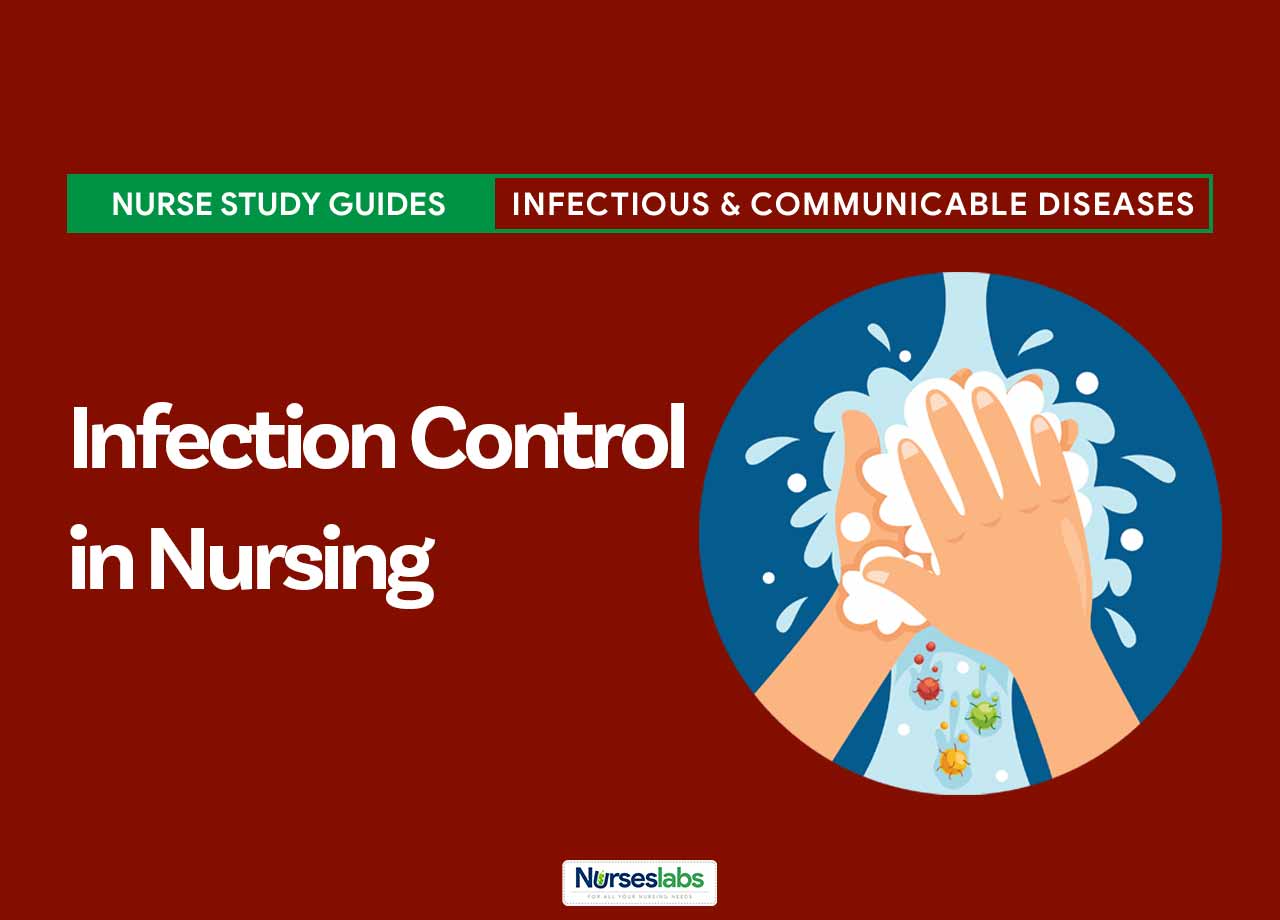


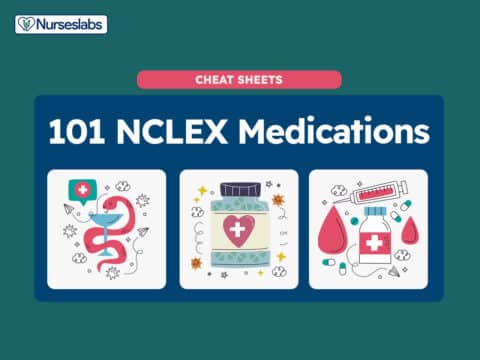

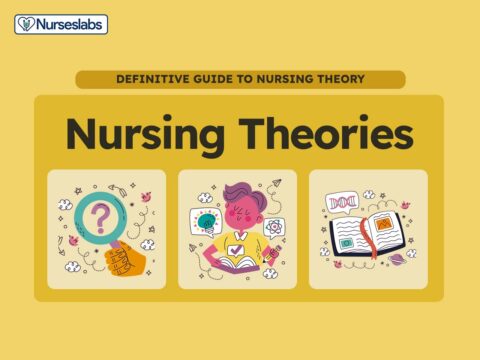
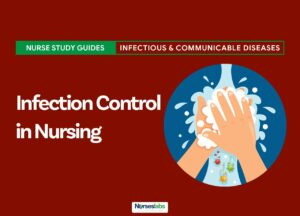

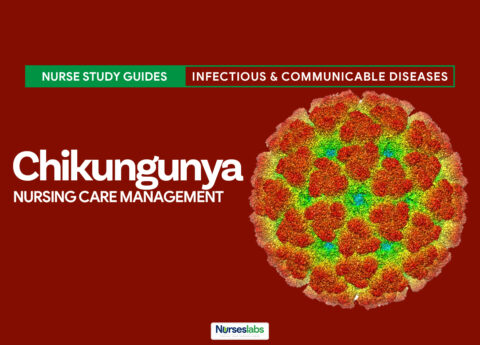
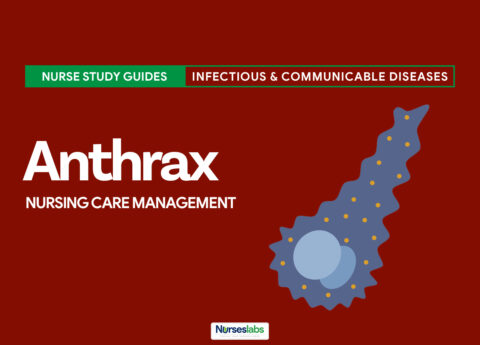
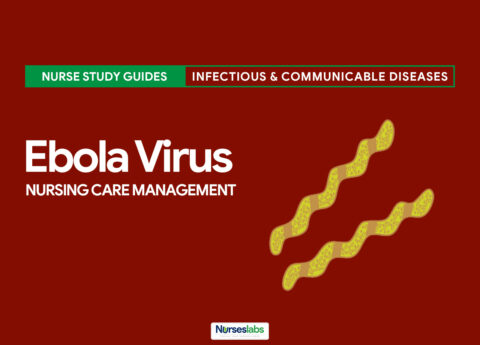
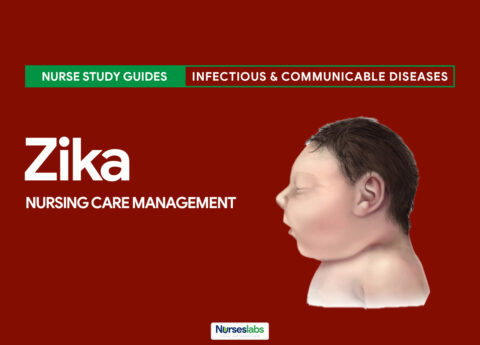
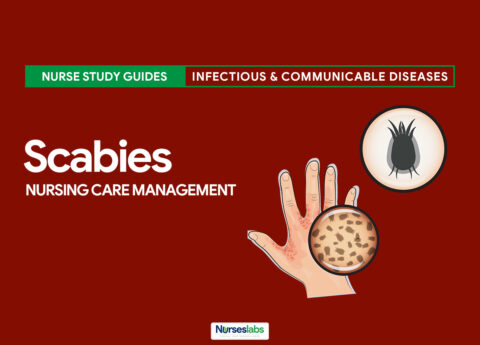


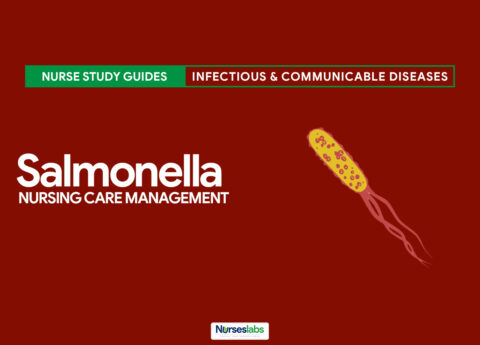




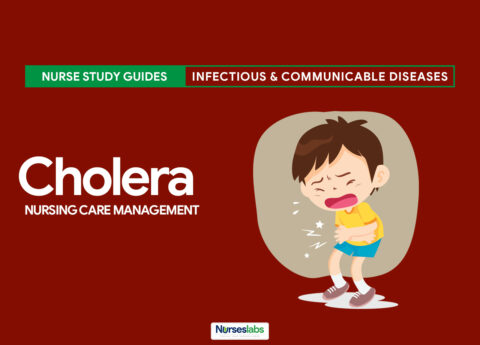
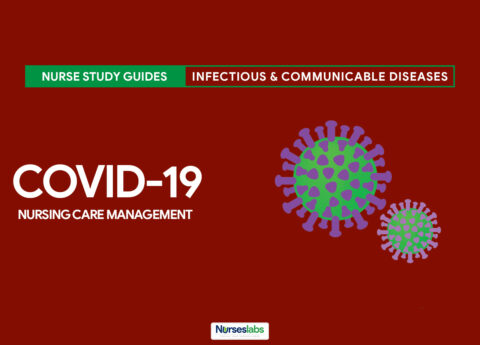

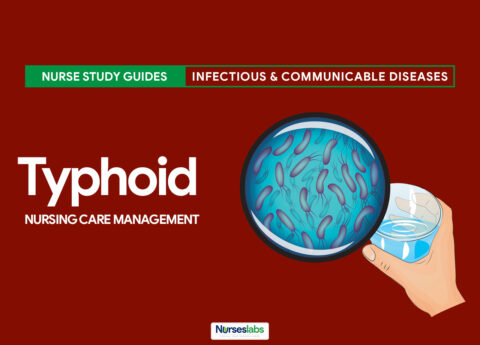
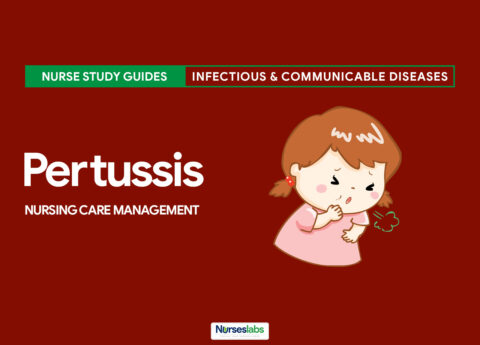





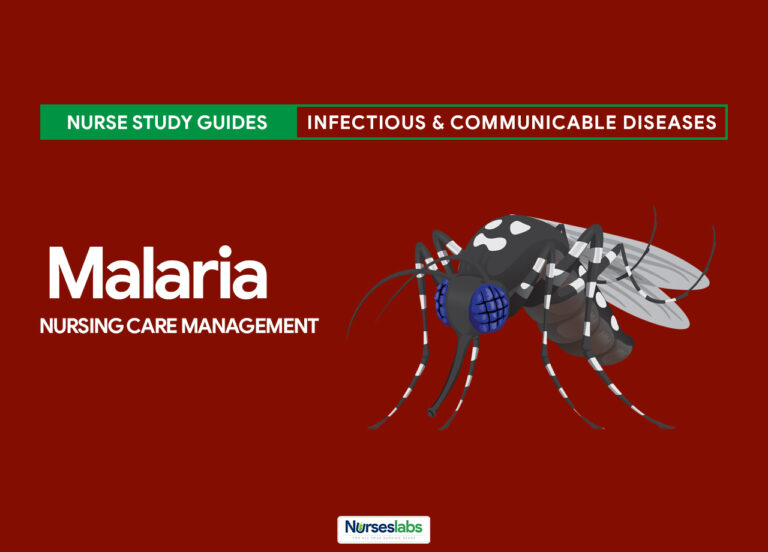
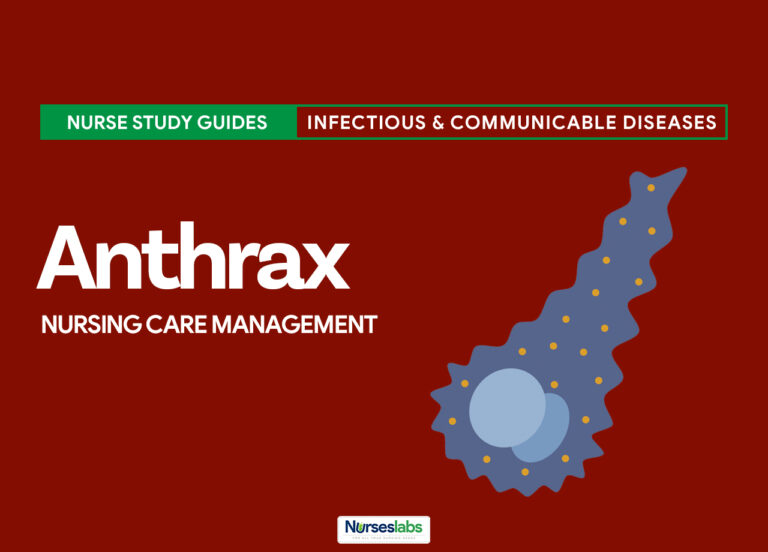


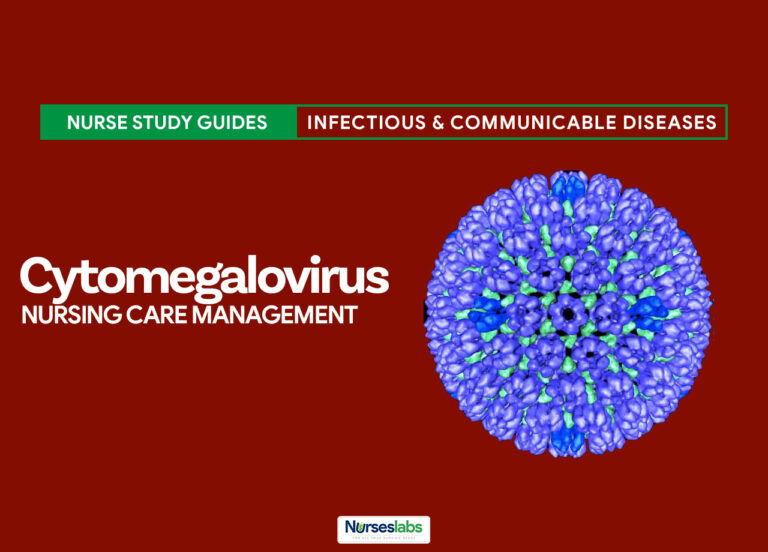


Leave a Comment